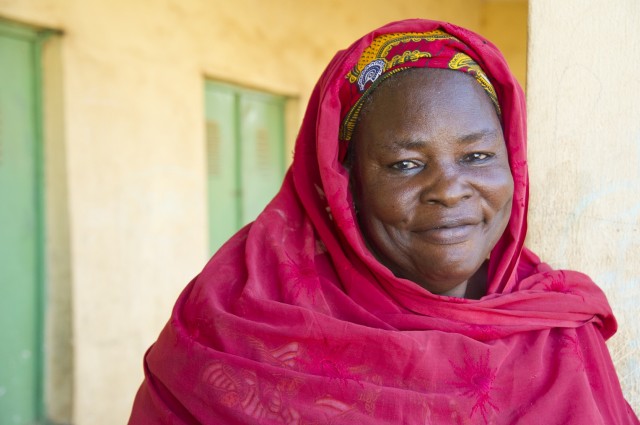
As a development practitioner, how often have you wished you had a practical and proven tool to reduce poverty? Targeting women has been a simple and effective strategy to meet this goal.
Convincing evidence of this approach is found in conditional cash transfer programs, which are now widely used in more than 30 countries.
For example, through the Bolsa Familia in Brazil, poor households are given regular cash payments if they agree to set requirements—such as keeping children in school and taking them for regular medical check-ups. Money is provided mainly to women in these households since studies show they will more likely spend it on children.
The program is credited with reducing poverty. Factors contributing to success are sound implementation, scale in reaching 13.8 million families (one-fourth of the poor) and the availability of health and education services to meet the demand created by the program.
While the Bolsa Familia’s model targets women within households, other poverty reduction programs work with female headed households. There is a strong rationale for doing so where such households are poorer than households overall.
This female-headed household strategy has been used in countries such as Chile and the United States and advocated as an effective way to target poverty in places where means testing was not feasible to identify poor families.
What appears to be simple and clear cut for implementers may not always generate the same response from researchers.
For example, data from 41 countries in Asia, Latin America, the Caribbean and Africa show that female-headed households are not uniformly poorer than male-headed households. For instance, poverty rates for female headed households were higher than for male headed households only in four of 16 countries in Africa for which data were available. The reverse was true of countries in Latin America and the Caribbean, where slightly more countries were found to have higher poverty rates in female than male headed households.
In the past, female heads of households were classified based on factors such as a woman’s marital status (single, divorced or widowed) or de facto female headed because of a husband’s migration. These categories are now being questioned and others devised as being more useful.
Nevertheless, it is still possible to identify particular types of female-headed households that are typically poorer than others.
Thus, a more useful category in identifying the linkage between poverty and women is that of lone females (or males) with children. Households of lone mothers with young children are more likely to be poor than households of lone fathers with children. This is the case in Latin America and the Caribbean and other regions as well. In the United States, poverty among female-headed households with children is 87 percent higher than comparable male headed households.
In a completely different context, that of conflict-affected and post-conflict settings where Creative Associates International does much of its work, targeting women should be considered to meet the goals of stabilization, reconstruction and development assistance. This is particularly the case because such assistance does not always reach women.
Yet women, like men, are deeply affected by conflict as combatants and victims of gender based violence, sexual abuse and greater vulnerability to trafficking. Because conflict increases male mortality, migration and displacement, sex ratios change and women are likely to become heads of households and their sole support.
Access to economic and development resources becomes critical for women and their families and also for reconstruction and development. Targeting such households makes sense.
It also makes sense to build on women’s agency and capabilities. Women are not usually identified as peace-makers, peace-keepers and agents of change. Yet, they can be.
In fact, even without much outreach and support, women have participated in peace-building and peace-keeping efforts, sometimes taking matters into the own hands to do so, as they did in Liberia. Women’s groups played a significant role in bringing an end to civil war in 2003, and ensuring democratic elections two years later.
The research shows that generalizing and drawing global program implications from country data is risky. Therefore, if a gender disparity exists, it should be empirically confirmed for each country before taking the decision to target.

